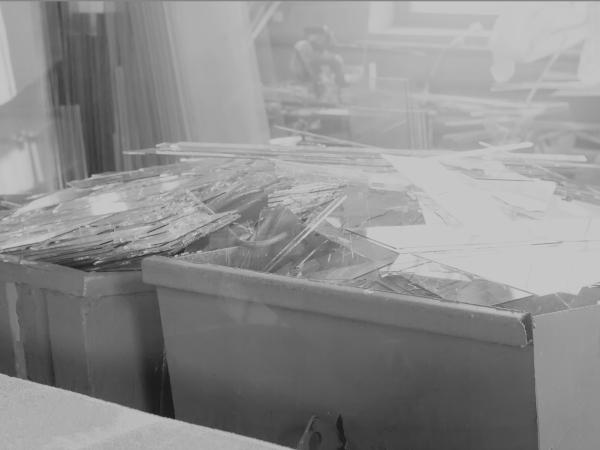
Date: 19 March 2024
It gathers all our resources (position papers, videos, news…) on this key issue, including the newly released updated version of its paper on the recycling of end-of-life building glass.
Recycling is a priority of flat glass manufacturers as it is one of the most prominent ways to improve the sustainability of manufacturing by reducing raw materials, limiting energy consumption and reducing overall CO₂ emissions. To reflect this high level of priority – and of ambition – Glass for Europe has updated its position on the recycling of end-of-life building glass. Entitled “A powerful tool to reduce CO2 emissions”, the paper sets out proposals to improve the legislative framework and move towards a closed-loop system where flat glass can be returned to flat glass furnaces, further contributing to the EU’s climate neutrality objective.
So far, the flat glass sector has mostly progressed on its own. Successful industry execution of company schemes implemented at local level led to an increase of the average share of cullet used to produce flat glass in Europe from 20 to 26% between 2010 and 2018. Despite this substantial increase, there are remaining sources of cullet that could be returned to flat glass furnaces in particular from construction and demolition projects, of which only 5% is recycled today.
To improve this situation, the European institutions must work during the next term to develop a framework that is sufficiently conducive to the recycling of waste glass. To do so, Glass for Europe is making the following recommendations:
- Recognizing the status of ‘by-product’ for pre-consumer cullet in all Member States,
- Banning the landfilling of waste building glass from construction and demolition projects and strengthening the glass provisions from the Landfill Directive,
- Setting a framework to incentivise the adequate sorting of construction and demolition waste,
- Defining targets for C&D glass waste and rules on dismantling windows/glazing and recovering glass,
- Providing a high-quality recycling definition and implementing a closed-loop model (flat glass to flat glass),
- Having mandatory pre-demolition audits.
To stress the relevance of this issue for the flat glass industry, Glass for Europe has created a dedicated webpage where all resources are available. You can visit it here.
 600450
600450


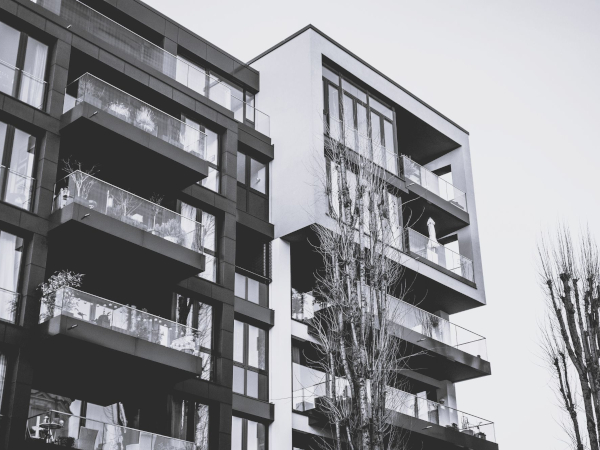
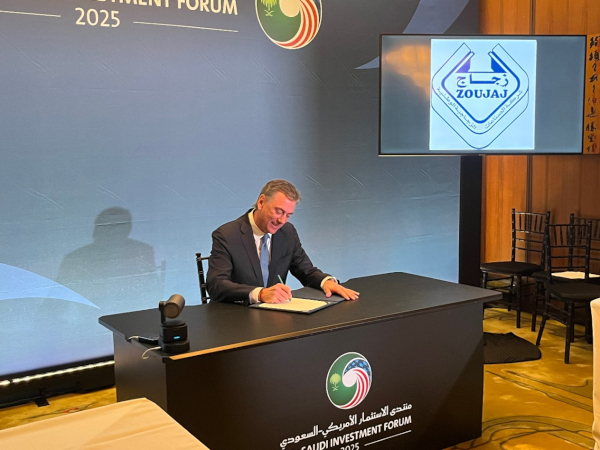

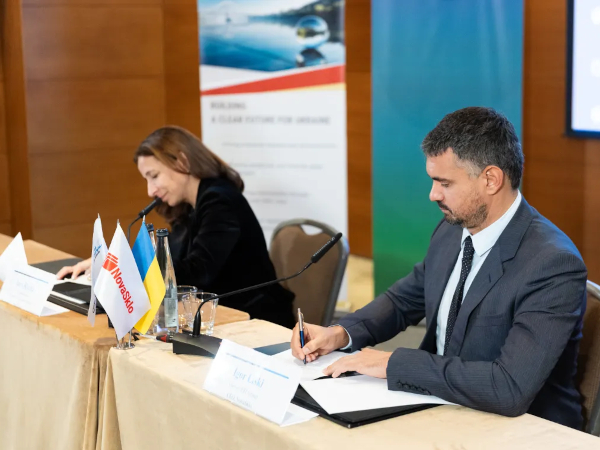
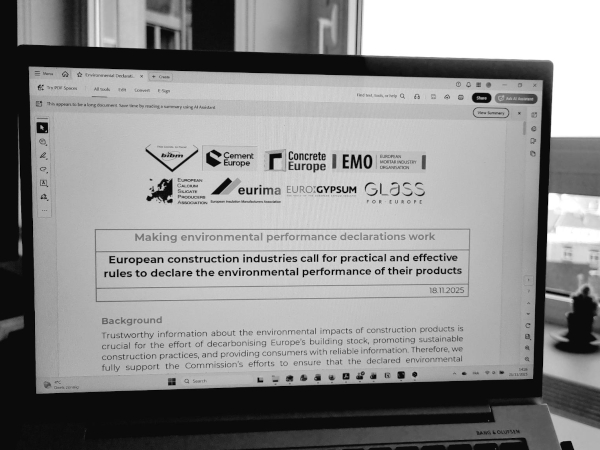





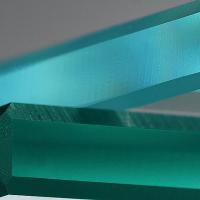
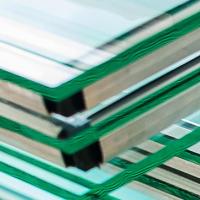
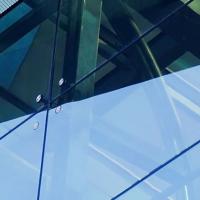
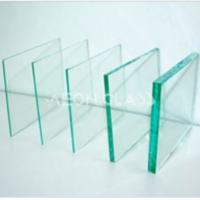
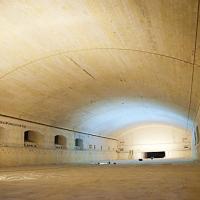
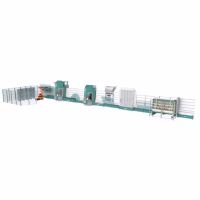
Add new comment